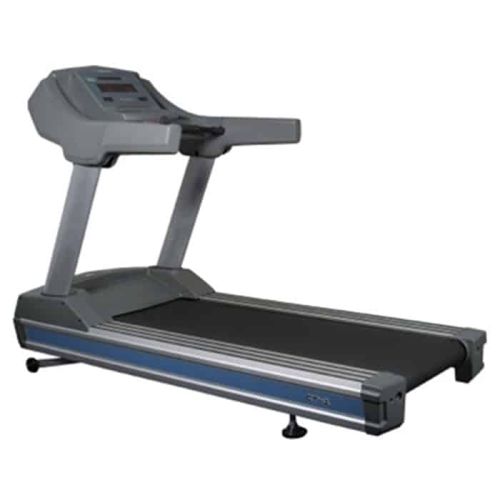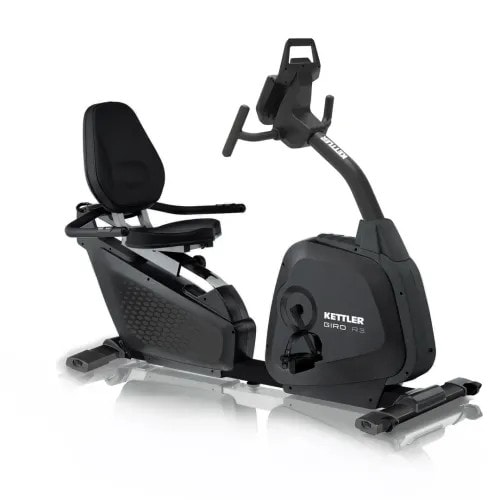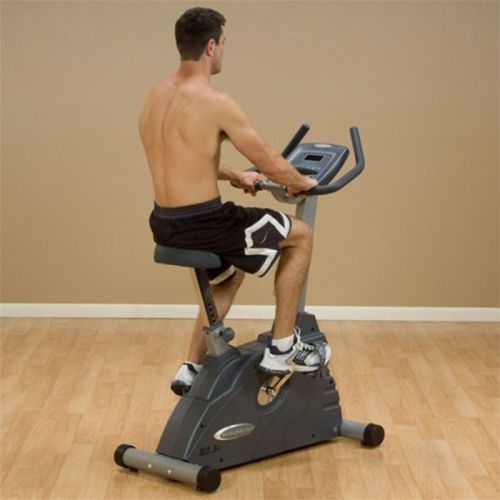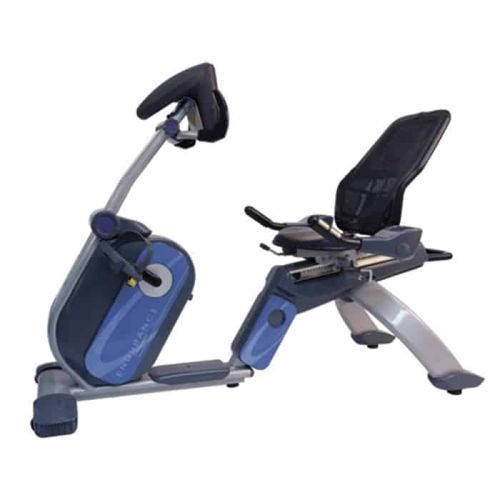
Are you prepared to step up your fitness journey? The key to achieving this is understanding and practicing heart rate zones. It doesn’t matter if you are a novice or a professional athlete, by training properly with heart rate you can improve and reach your fitness goals faster.
This guide will take a deep dive into the world of fitness heart rate zones, how to train with them, and provide tips on how to use cardio exercise equipment such as treadmills and exercise bikes to get the most out of your workout. This exciting journey to peak fitness starts now!
Understanding Fitness Heart Rate Zones
But before we go into the details, let’s clear up what heart rate zones are. Your fitness heart rate zones are intensity levels associated with certain ranges of your max heart rate (MHR). These heart rate training zones are commonly divided into five categories, each serving a different purpose in your workout routine:
Zone 1: The Warm-Up Zone (50-60% MHR): This zone is excellent for preparing your body for the subsequent harder work. It is a conversational pace where you can talk comfortably and maintain a slow increase of your heart rate.
Zone 2: The Fat-Burning Zone (60-70% MHR): During this zone, the main source of energy is body fat. This is a moderate intensity that allows you to carry on with longer workouts, thus making it perfect for enhancing endurance and losing extra weight.
Zone 3: The Aerobic Zone (70-80% MHR): This zone increases the intensity, improves cardiovascular fitness, and increases your aerobic capacity. You will be panting and sweating but you will still be able to keep a constant pace.
Zone 4: Anaerobic Zone (80-90% MHR): Approaching your maximum effort, this zone improves anaerobic fitness and increases speed and power. This zone’s workouts are tough and efficient for developing strength and stamina.
Zone 5: The Redline Zone (90-100% MHR): This zone is all about pushing your limits and taking your performance to the maximum level. It is intended for brief periods of maximum intensity like sprinting or high-intensity interval training (HIIT).
Training with Heart Rate
Now that you understand the different heart rate zones, let’s talk about how to incorporate them into your training routine for optimal results:
1. Know Your Numbers: Start by calculating your maximum heart rate, either using a formula like 220 minus your age or through a fitness assessment. Once you have this baseline, you can determine your target heart rate zones for different types of workouts.
2. Monitor Your Heart Rate: Invest in a heart rate monitor or use fitness trackers that can accurately measure your heart rate during exercise. This real-time feedback allows you to adjust your intensity to stay within the desired heart rate zone.
3. Mix It Up: Incorporate a variety of workouts targeting different heart rate zones to challenge your body and prevent plateaus. This could include steady-state cardio sessions, interval training, and strength workouts.
4. Listen to Your Body: While heart rate zones provide valuable guidance, it’s essential to listen to your body’s signals and adjust your intensity accordingly. Factors like fatigue, stress, and hydration levels can impact your heart rate response.
Utilizing Cardio Exercise Equipment
Whether you prefer working out at the gym or have a home gym setup, cardio exercise equipment like treadmills and exercise bikes can be valuable tools for training with heart rate:
1. Running on a Treadmill: Treadmills are the most preferred gym equipment which offer a convenient way to control your speed and incline, allowing you to adjust the intensity of your workout to target specific heart rate zones. Experiment with different treadmill workouts, such as hill intervals or tempo runs, to challenge yourself and keep things interesting.
2. Best Exercise Bikes: Exercise bikes provide a low-impact cardio option that’s gentle on the joints while still delivering an effective workout. Many modern bikes come equipped with built-in heart rate monitors and pre-programmed workouts tailored to different fitness heart rate zones.
3. Home Gym Setup: If you’re building a home gym, consider investing in cardio equipment that aligns with your fitness goals. Look for versatile options that offer customizable workout programs and heart rate tracking features to keep you motivated and on track.
Fitness Tips for Success
To make the most of your heart rate training journey, here are some additional fitness tips to keep in mind:
1. Stay Consistent: Consistency is key when it comes to seeing results from your workouts. Aim to incorporate heart rate training into your routine regularly to build endurance, improve performance, and achieve your fitness goals.
2. Fuel Your Body: Proper nutrition plays a crucial role in supporting your workouts and recovery. Fuel your body with a balanced diet rich in lean protein, complex carbohydrates, and healthy fats to optimize your performance and recovery.
3. Stay Hydrated: Hydration is essential for maintaining optimal performance and preventing fatigue during exercise. Drink plenty of water before, during, and after your workouts, especially when training in higher-intensity heart rate zones.
4. Listen to Your Body: Pay attention to how your body responds to different types of workouts and adjust your training accordingly. If you’re feeling overly fatigued or experiencing any pain or discomfort, take a break and prioritize rest and recovery.
End Thoughts
Mastering heart rate zones is a game-changer for anyone looking to unlock their fitness potential and take their workouts to new heights. By understanding the different heart rate zones and how to train within them, you can tailor your workouts to suit your goals, whether it’s improving endurance, burning fat, or boosting performance.
Whether you’re hitting the gym or working out at home, cardio exercise equipment like treadmills and exercise bikes can help you stay on track and maximize your results. So, lace up your shoes, strap on your heart rate monitor, and get ready to crush your fitness goals one heartbeat at a time!









